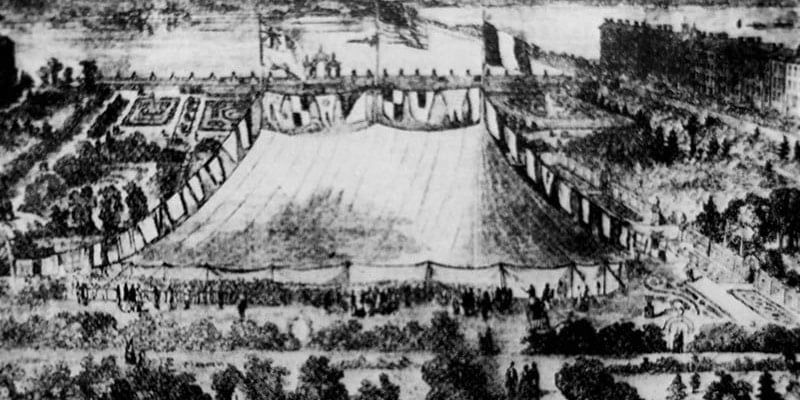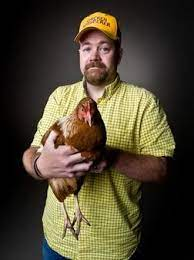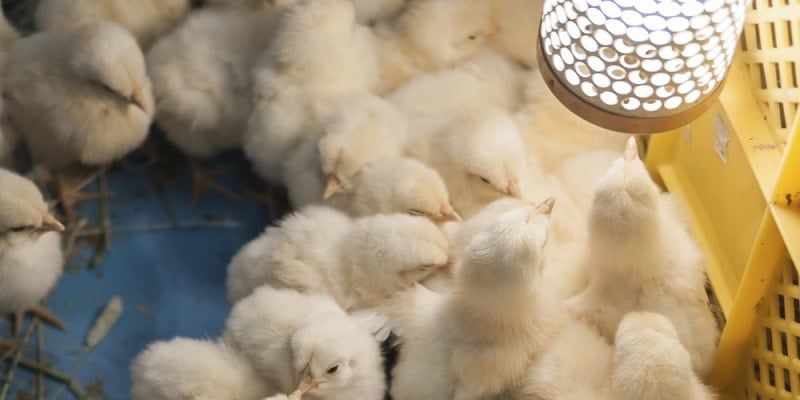The American Standard Poultry perfection’s long history


The American Poultry Association has enjoyed a long and rich history. It was founded in February 1873 in Buffalo, New York but the story actually began many years earlier.
In October of 1849 Dr. J.C. Bennet announced in an agricultural publication that he was to display twelve varieties of full-blooded fowl, what we now call standard bred, at an exhibit in Boston and he invited anyone with like varieties to participate.
Up until this time poultry had only been displayed at fairs along with other agricultural products. This was the first poultry-only exhibit in North America. It was scheduled for Thursday November 15th from 10:00 am to 3:00 pm but there was so much interest in the event that it was extended to 2 days. An estimated 10,000 people attended this show that saw 219 exhibitors exhibit 1423 birds. One of the most famous exhibitors was Massachusetts senator Daniel Webster, who entered seven domesticated wild geese and a pair of Java Fowl.
One year later on November 12, 1850 a second show in Boston saw 400 exhibitors with more than 12,000 birds. Because of the large number of birds entered, attempts to judge the complete show were abandoned. The numbers and diversity of the entries at this second Boston show emphasized the need for show rules and a guide book for the judge to use to place the entries.
Important personages
Daniel Webster was not the only prominent figure involved in the development of the poultry industry in the United States in the 1800’s.
Other politicians such as the governor of Massachusetts George Briggs and the famous children’s author L. Frank Baum also had a great impact on the popularity of poultry in the 19th century. In 1882 Baum wrote The Book Of Hamburgs in 1886 which became one of the first published breed books in America.
He was elected to the Executive Committee of the APA in January 1880 at the seventh annual meeting. In 1900 Baum went on to write his most popular book, The Wonderful Wizard of Oz that became the classic 1939 movie.
Organization was needed
During the 1850’s, poultry organizations began to form in different parts of the country, and most of these organizations would have a show each year. Because of the distance between these shows it became necessary to have written descriptions of the different varieties so the judging would be consistent. As more poultry organizations began to form and communication between the shows grew, illustrations began to circulate of the ideal specimen. These descriptions and illustrations were the forerunner of the American standard that would soon appear.
January, 1873 saw an informal meeting in Boston for the purpose of forming an American poultry organization. It ended with the promise to reconvene the following month in Buffalo, New York. It was at this meeting in February 1873 that the American Poultry Association was organized.
The Standard
The first order of business for the newly formed organization was to address the need for a workable Standard. To accomplish this task, a committee of six men was formed and developed the first Standard of Excellence. It was adopted by the American Poultry Association at their meeting on January 15, 1874 in Buffalo, New York and became the official guidebook for poultry judging in North America.
The first Standard described 46 breeds of poultry, some with multiple varieties. It totaled 102 pages and became very popular with breeders and fanciers as well as Judges. In January of 1875 the A.P.A. released a new edition of the Standard of Excellence that was much larger and more complete than the original publication. It contained 243 pages and described 79 breeds and varieties. The name was changed from the Standard of Excellence to the American Standard of Perfection with the 1888 edition.
The first Standard had only one illustration and until the early 1900’s only a few drawings identifying points, disqualifications, and defects had been included. Up until this time most of the illustrations had been seen as unsatisfactory, but this changed with the 1905 edition. Since that time, every edition has included many illustrations of the ideal specimen due to the emergence of several talented poultry artists, the most recognized being Arthur O. Schilling.
Artistry, improved
The first colored feather illustrations appeared in the 1910 edition but were not included again until 1953. Thirty years later, in 1983, the first full color edition was released thanks to Brad Atwood, the chairman of the Standard Color Committee. He and his committee coordinated its development and secured the sponsorships needed for the original color paintings that were to be used in this historic edition.
Through all of this, the Standard of Perfection has evolved into what it is today, nearly 400 pages of descriptions, diagrams and colored illustrations of all breeds and varieties of standard bred poultry. The American Poultry Association has been publishing the Standard of Perfection for 145 years with the current edition being its 44th copyrighted printing.
What do we do now?
For nearly 150 years our mission has remained the same. We will promote and protect the Standard Bred Poultry industry in all its phases and will continue to publish the American Standard of Perfection. The book that contains all the breed and variety descriptions for all standard bred poultry.
We will encourage and protect poultry shows as being the show window of our industry, an education for both breeders and public, and a means of interesting young future breeders in taking up poultry.
We will assist, encourage, and help educate the junior poultry person to the sound and practical value of standard bred poultry and pure breeding. Towards these goals, the APA sanctions meets at poultry shows all over the U.S. and Canada, including an Annual meet, a Semi-Annual meet, and a Canadian National meet.
There have been many historical accomplishments that have taken place in the long history of the Association, but through all that has transpired it has evolved into what it is today—the premier organization for all standard bred poultry. It is the oldest livestock organization in North America and continues to work to improve standard bred poultry confirmation and judging.
Members like you
Many changes have taken place over the years within the Association. The membership demographic has moved from what was once said to be an “old man’s club” to an organization for all ages and genders. We continue to sponsor the Youth Exhibition Poultry Association, a solid and well run youth program and oversee a judges licensing program that has seen both men and women of all ages become qualified judges. Then of course the Standard of Perfection—one of the key reasons why the organization was formed so many years ago—continues to be revised and improved to meet the changing times.
The one thing that has not changed over the years is the dedication of the many members and officers that have worked endlessly for the betterment of the poultry fancy and the Association.
The APA has survived the hard times and flourished in the good times but has been able to continue as an organization because of the willingness to change its course, sometimes reluctantly, when needed. By continuing in this fashion and embracing the technology of the 21st century the American Poultry Association should have a bright future.
Tags:Learning Wagon

Chicken Whisperer is part of the Catalyst Communications Network publication family.










